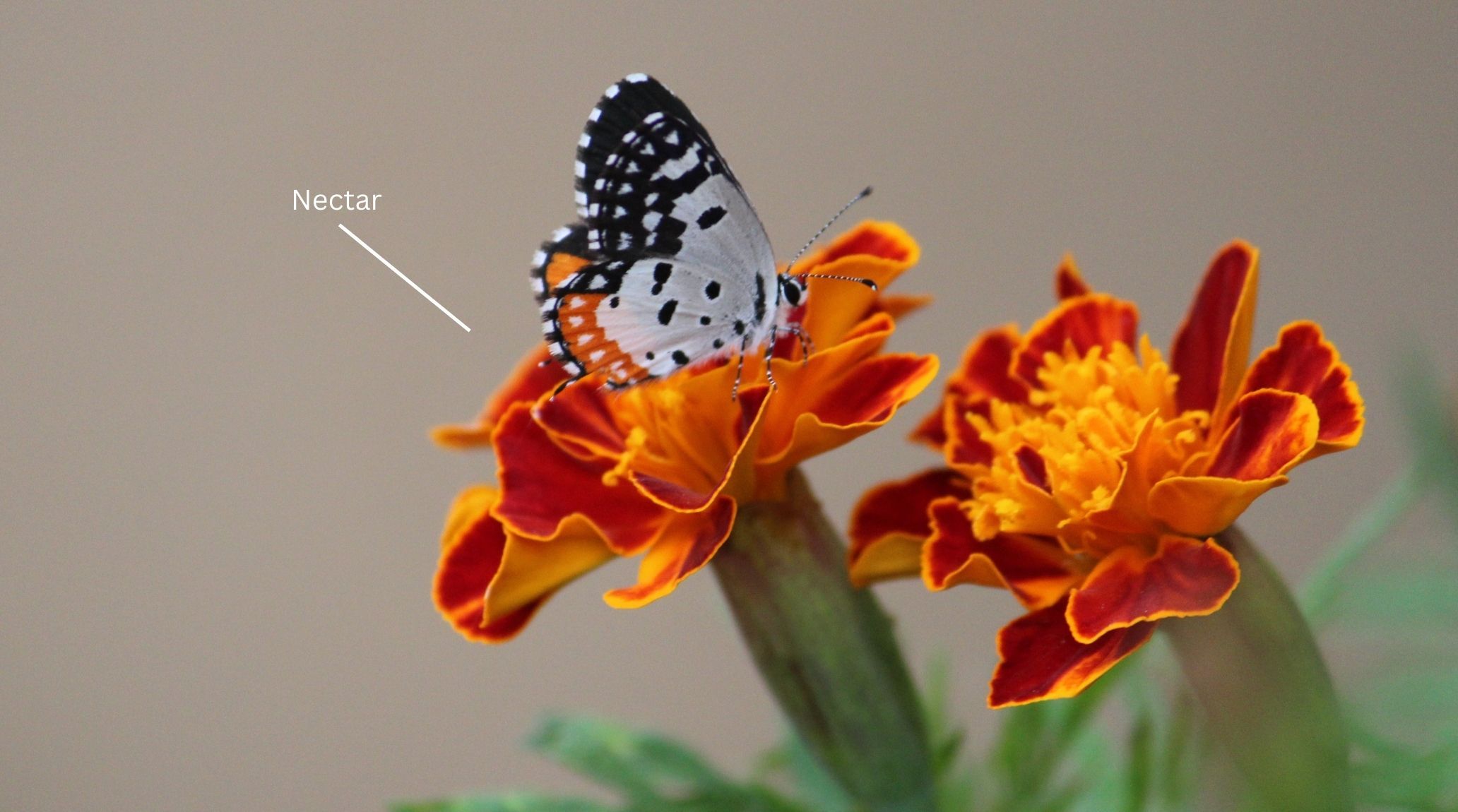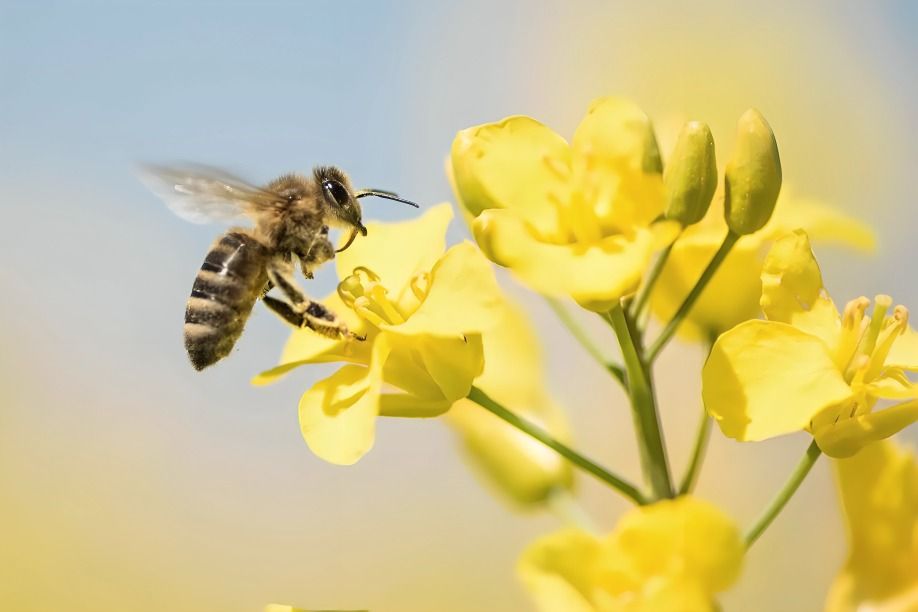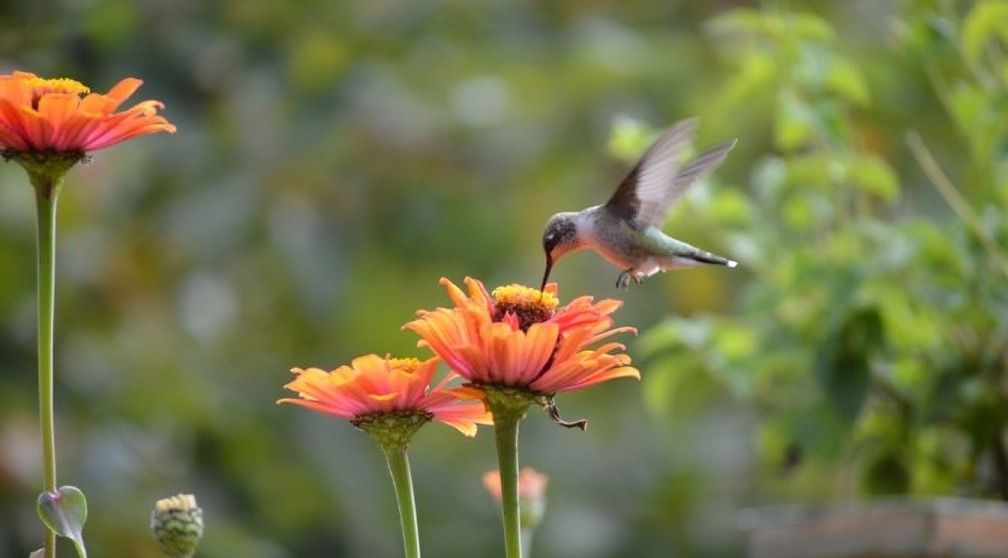
“
Nectar is a sweet, intriguing substance that plays a crucial role in our natural world, from supporting the health of pollinators to contributing to human remedies. Yet, beyond its sweetness, nectar is packed with fascinating attributes that reveal the complexity of nature’s designs. In this blog, we delve into 20 amazing facts about nectar, exploring its biological marvels, its impact on ecosystems, and its significance in both nature and human culture. Prepare to be amazed as we uncover the secrets of this extraordinary liquid and its role in sustaining life on Earth.1
1
”
Plants produce nectar to lure pollinators like bees, butterflies, and hummingbirds, ensuring their flowers are fertilized. This mutualistic relationship boosts plant reproduction and supports pollinator health.1
Besides sugars, nectar contains amino acids, vitamins, and minerals that provide essential nutrients for pollinators. Studies have shown that different flowers offer unique nectar profiles, catering to specific pollinator needs.2
Historically, nectar has been used in traditional medicine for its purported health benefits. Ancient cultures, including the Greeks and Egyptians, used honey (processed nectar) for its antimicrobial and soothing properties.3
Some plants have evolved markings known as "nectar guides"—ultraviolet patterns invisible to humans but visible to pollinators. These guides direct pollinators to the nectar source, enhancing the plant's chances of successful pollination.4

The scent of nectar plays a crucial role in attracting pollinators. Different flowers produce unique aromas, which act as chemical signals to guide pollinators to the nectar source, enhancing the likelihood of successful pollination.
Some mammals, like lemurs, also rely on nectar for nutrition. They have adapted specialized feeding behaviors to access nectar, showcasing the diverse strategies that different species use to obtain this vital resource.5
Fossilized nectar traces help study ancient plant-pollinator interactions. This research reveals valuable insights into the evolutionary history of flowering plants, shedding light on how their pollination strategies developed and adapted over time. 6
Nectar from medicinal plants is used in health foods and natural remedies for its therapeutic benefits. Its compounds can offer antioxidant and anti-inflammatory properties, integrating traditional wisdom with modern health practices. 7
NASA scientists have studied nectar-producing plants in space to understand how they grow and reproduce in microgravity. This research is part of efforts to explore sustainable agriculture in space environments. 8
Ants, wasps, and other social insects also harvest nectar, sometimes competing with bees. Their foraging behaviors and interactions with nectar-producing plants illustrate the complex dynamics of insect ecosystems. 9
The shape of a flower can influence nectar accessibility, affecting which pollinators visit. Some flowers evolve specific shapes to attract certain pollinators, ensuring efficient nectar transfer and enhancing reproductive success. 10
Climate change affects nectar production and quality. Research by David B. Williams revealed that shifts in temperature and precipitation can alter nectar timing and composition, impacting plant-pollinator relationships. 11
Many flowers produce nectar in colors and patterns that attract specific pollinators, using bright or contrasting hues to appeal visually. This adaptation helps ensure that the right pollinators are drawn to the flower for effective pollination. 12
Nectar availability varies with the seasons, affecting pollinator behavior and migration patterns. Seasonal changes in nectar sources can impact pollinator populations and the ecosystems dependent on their activities. 13

Certain animals, like some ants and birds, practice "nectar theft" by consuming nectar without pollinating. This behavior can reduce the plant’s reproductive success by decreasing effective pollination and impairing its ability to reproduce.
Some plants produce toxic or unpalatable nectar to deter certain herbivores or unwanted pollinators. This strategy balances the need for pollination with protection from pests, ensuring that the plant attracts beneficial pollinators.14
Certain flowers adjust their nectar composition throughout the day to attract different pollinators. This adaptation improves pollination efficiency by catering to the varying preferences of insects active at different times. 15
Some plants, lacking nectaries in their flowers, create food resources to attract insects, especially ants. These ants, in turn, help protect the plants from herbivores, providing a defense mechanism while ensuring the plants' survival and protection. 16
It is the raw material collected by honeybees to create honey. The bees gather it from flowers and, through a complex process of digestion and evaporation, convert it into the sweet, golden honey stored in their hives. 17
Certain nectars contain antibacterial compounds that protect flowers from pathogens, creating a healthier environment for pollinators. This natural defense mechanism helps maintain the plant’s health and ensures the well-being of visiting pollinators. 18


